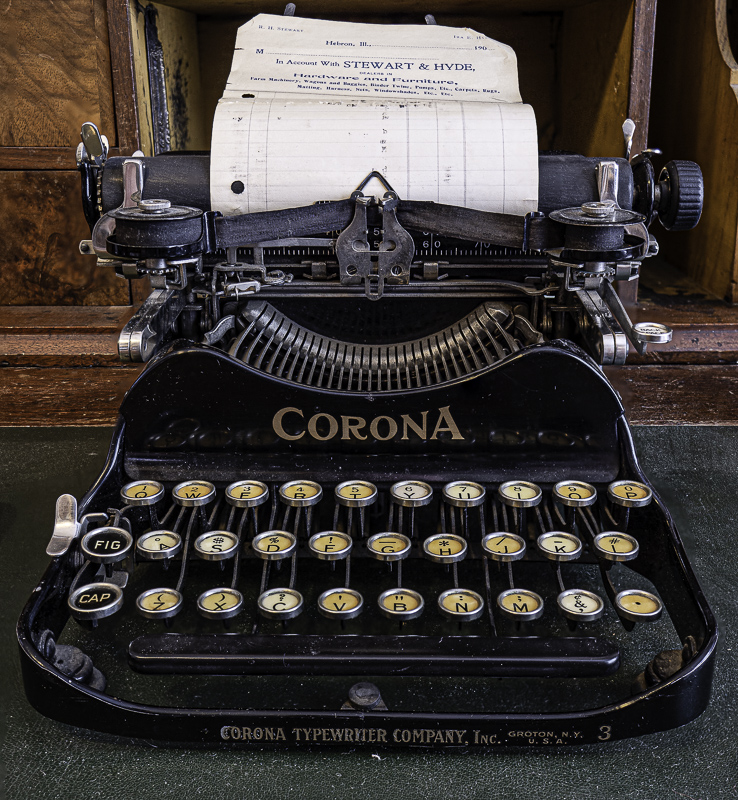Every Picture Is a Compromise
Lessons from the Also-rans
Most photography websites show the photographer's very best work. Wonderful. But that's not the full story of a creative life. If we want to learn, we'd better pay attention to the images that aren't "greatest hits" and see what lessons they have to offer. Every picture is a compromise — the sum of its parts, optical, technical, visual, emotional, and even cosmic – well, maybe not cosmic, but sometimes spiritual. Success on all fronts is rare. It's ok to learn from those that are not our best.
This is a series about my also-rans, some of which I've been able to improve at bit (i.e., "best effort"), none of which I would consider my best. With each there are lessons worth sharing, so I will.

Previous image | Next image |
Original digital capture

The Miracles of Technology Week
Focus blending
I've said for years that this is the best time in the history of photography to be a photographer. This week, I'll share five disastrous "failures" that were rescued by the miracles of software.
What I saw that I liked:
They way our eyes work is that we scan a subject like this, gather a bunch of impressions, and then assemble them in our imagination — all tack sharp from near to far.
What I don't like in the picture:
I could have shot the above at f/22, I suppose. But, sometimes even that tiny aperture doesn't create enough depth of field when we are this close to the subject.
What I learned:
A better strategy with a still subject like this is to use Focus Blending. The image at left is a layered assembly of 6 exposures, each one at a different focus distance. In the old view camera days, we used to use tilts and swings to get a deeper depth of field. That seems so primitive compared to Focus Blending. If I find myself closer that 3-5 feet from a subject, I always capture an array of images I can blend for flawless depth of field.
2nd Chances: What I might try next
I wish I'd had a can of compressed air with me to blow off all those white spots of dust everywhere. |
|


